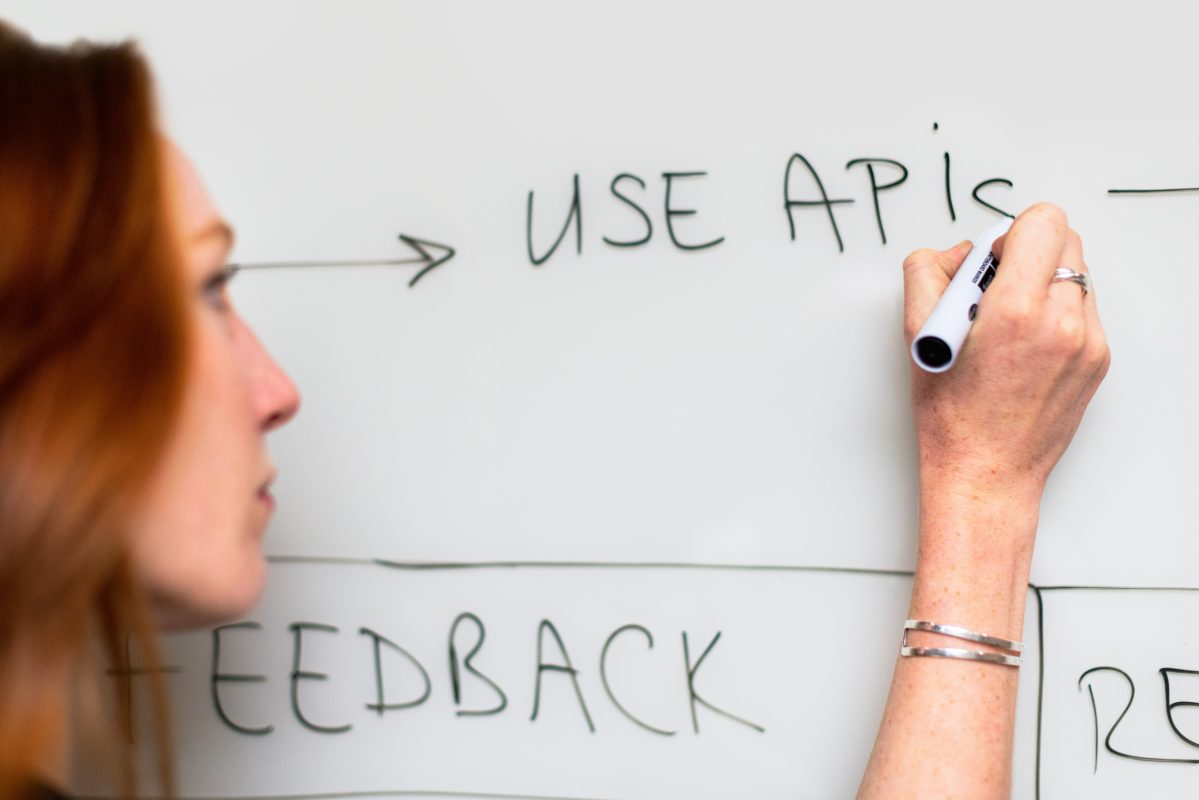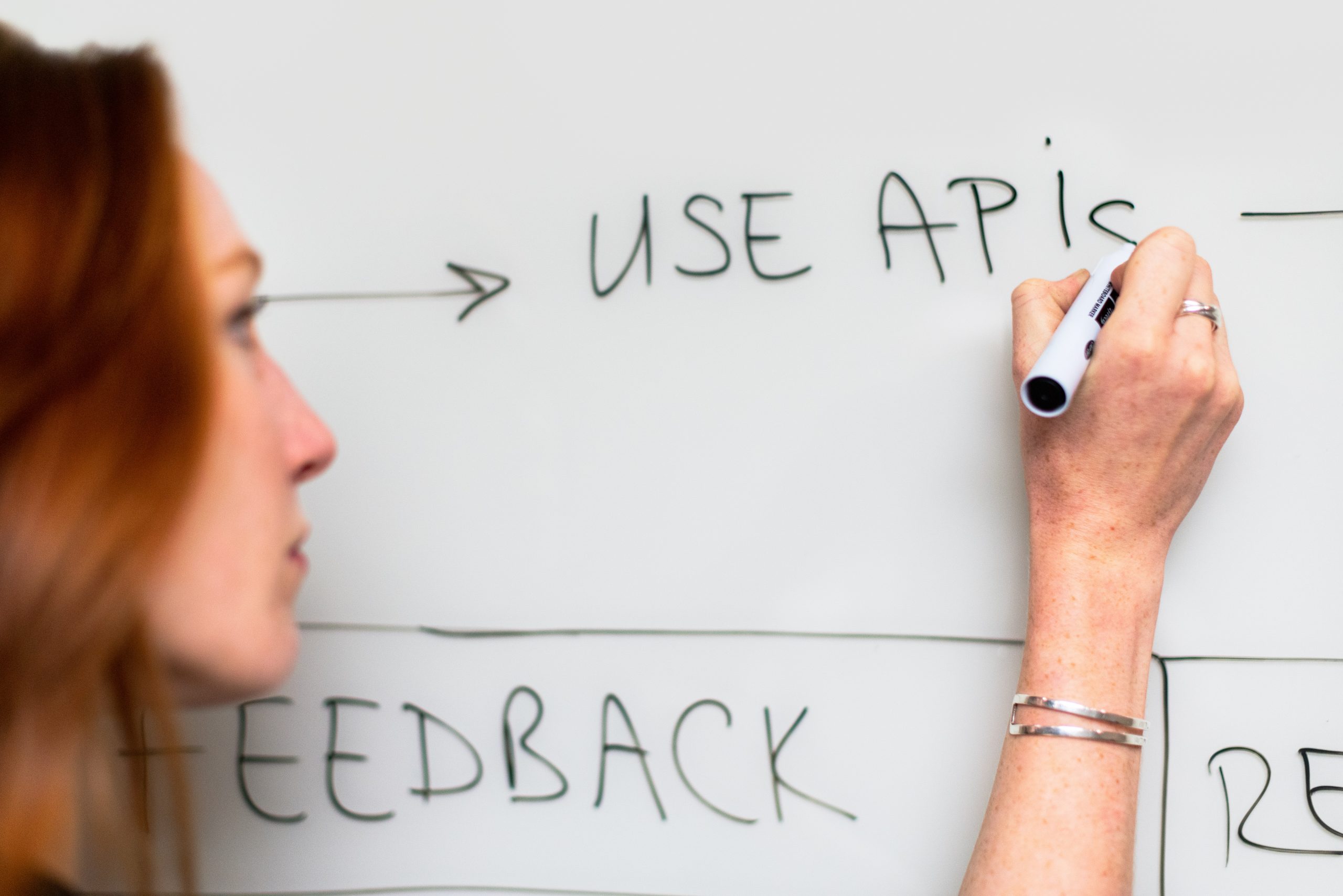
From Concept to Launch: A Comprehensive Guide to Software Product Development Steps
Are you looking to develop a software product but not sure where to start? The process can be overwhelming, but fear not, because we've got you covered. In this comprehensive guide, we'll take you through every step of the software product development process, from concept to launch. We'll cover the initial planning phase, where you'll define your product goals and target audience, as well as the technical requirements needed to bring your idea to life. We'll also dive into the design and development process, discussing the importance of user experience and how to create a functional prototype. Finally, we'll explore the launch and post-launch phases, including testing, marketing, and ongoing maintenance. Whether you're a seasoned developer or a newcomer to the software development world, this guide will provide you with the knowledge and tools needed to bring your product to market successfully. So, let's get started on this exciting journey together!
Understanding the Software Development Life Cycle (SDLC)
Software development is a process that follows a specific life cycle known as the Software Development Life Cycle (SDLC). Understanding this cycle is essential to ensure that your software product is developed efficiently and effectively. The SDLC is comprised of several stages, each with its own set of tasks and objectives.
The first stage is the planning stage, where you define your software product's goals, objectives, and requirements. In this stage, you'll also identify your target audience and the problems your software product will solve. The next stage is the design stage, where you create the architecture of your software product, including the user interface (UI) and user experience (UX). The third stage is the development stage, where you'll build the software product based on the design and requirements defined in the previous stages. The fourth stage is testing, where you'll ensure that the software product is bug-free and meets the requirements. The final stage is deployment, where you launch the software product and provide ongoing maintenance and support.
Pre-Development Steps: Research, Ideation, and Conceptualization
Before you start developing your software product, there are several pre-development steps that you need to take. These steps are crucial in ensuring that your software product meets your business goals and customer needs. The first step is research, where you'll gather information about your target audience, industry, and competitors. You can use this information to identify trends and patterns that can help you create a unique and innovative software product.
The next step is ideation, where you'll brainstorm ideas for your software product. You can use techniques like mind mapping, storyboard, and design thinking to generate ideas. Once you have several ideas, you can evaluate them based on your business goals, customer needs, and technical feasibility. The best ideas will move on to the next step, which is conceptualization.
Conceptualization is where you'll create a prototype of your software product. This prototype should be a simple and functional version of your software product that demonstrates its core features and functionalities. You can use the prototype to get feedback from your target audience and stakeholders, which you can use to refine your software product's design and functionality.
Development Phase: Designing, Coding, and Testing
Once you have a clear idea of your software product and its requirements, it's time to move on to the development phase. This phase involves designing, coding, and testing your software product.
The first step in the development phase is designing the user interface (UI) and user experience (UX) of your software product. This design should be based on the research and feedback you gathered in the pre-development phase. The design should be intuitive, visually appealing, and easy to use.
Once you have the design, it's time to move on to coding. Coding is the process of writing the instructions that the software product will execute. This process involves multiple programming languages, frameworks, and libraries. It's essential to choose the right programming language and tools that are suitable for your software product's requirements.
After coding, it's time to test your software product. Testing is crucial to ensure that your software product is bug-free and meets the requirements. You can use manual testing or automated testing to test your software product. Automated testing involves using software tools to test the software product, while manual testing involves human testers testing the software product.
Post-Development Phase: Deployment, Maintenance, and Updates
Once you've completed the development phase, it's time to move on to the post-development phase. This phase involves deploying, maintaining, and updating your software product.
Deployment involves making your software product available to your target audience. You can deploy your software product on various platforms, including web, mobile, and desktop. It's essential to choose the right platform that is suitable for your software product and target audience.
Maintenance involves providing ongoing support and fixing bugs that may arise after deployment. You can use various software tools to track and manage bugs and issues that users report. It's essential to provide timely and effective support to ensure that your users are satisfied with your software product.
Updates involve adding new features and functionalities to your software product based on user feedback and market trends. You can use user feedback and analytics to identify areas that need improvement and new features that users want. It's essential to provide regular updates to your software product to keep it competitive and relevant.
Essential Tools and Technologies for Software Product Development
Software product development requires various tools and technologies to ensure that the software product is developed efficiently and effectively. The following are some essential tools and technologies that you'll need for software product development:
1. Integrated Development Environment (IDE): An IDE is software that provides a comprehensive environment for software development. It includes tools for coding, debugging, and testing.
2. Version Control System (VCS): A VCS is software that helps you manage changes to your software product's code. It allows you to track changes, collaborate with other developers, and revert to previous versions.
3. Project Management Tool: A project management tool helps you manage your software product's development process. It includes tools for task management, team collaboration, and progress tracking.
4. Automated Testing Tool: An automated testing tool helps you test your software product automatically. It includes tools for unit testing, integration testing, and acceptance testing.
Best Practices for Software Product Development
Software product development requires adherence to best practices to ensure that the software product is developed efficiently and effectively. The following are some best practices for software product development:
1. Agile Development: Agile development is a methodology that emphasizes flexibility, collaboration, and rapid iteration. It involves breaking down the development process into small, manageable chunks that can be completed quickly.
2. Continuous Integration and Continuous Deployment (CI/CD): CI/CD is a methodology that emphasizes automation and continuous improvement. It involves automating the testing, integration, and deployment process to ensure that the software product is developed and deployed efficiently.
3. User-Centered Design: User-centered design is a methodology that emphasizes user experience and user feedback. It involves designing the software product based on user needs and feedback to ensure that the software product is easy to use and meets the user's expectations.
Common Challenges in Software Product Development and How to Overcome Them
Software product development is not without its challenges. The following are some common challenges that you may face during software product development and how to overcome them:
1. Technical Complexity: Software product development can be technically complex and challenging. To overcome this challenge, it's essential to use the right tools and technologies and to work with experienced developers.
2. Changing Requirements: Requirements can change during software product development, which can lead to delays and increased costs. To overcome this challenge, it's essential to have a flexible development process that can adapt to changing requirements.
3. Communication Issues: Communication issues can arise during software product development, which can lead to misunderstandings and mistakes. To overcome this challenge, it's essential to have effective communication channels and to encourage open communication among team members.
Measuring Success: Key Performance Indicators (KPIs) for Software Product Development
Measuring the success of software product development is crucial to ensure that the software product meets its business goals and customer needs. The following are some key performance indicators (KPIs) that you can use to measure the success of your software product:
1. User Engagement: User engagement measures the level of user interaction with your software product. It includes metrics like the number of users, time spent on the software product, and the number of interactions.
2. Conversion Rate: Conversion rate measures the percentage of users who take a specific action, like making a purchase or signing up for a subscription.
3. Customer Satisfaction: Customer satisfaction measures how satisfied your users are with your software product. It includes metrics like Net Promoter Score (NPS) and Customer Satisfaction (CSAT) Score.
Conclusion: Key Takeaways and Final Thoughts
Developing a software product is a challenging but rewarding process. It requires careful planning, design, development, and ongoing maintenance and support. By following the steps outlined in this guide, you can ensure that your software product meets its business goals and customer needs. Remember to use the right tools and technologies, adhere to best practices, and measure your software product's success using key performance indicators (KPIs). With dedication and hard work, you can bring your software product to market successfully.


